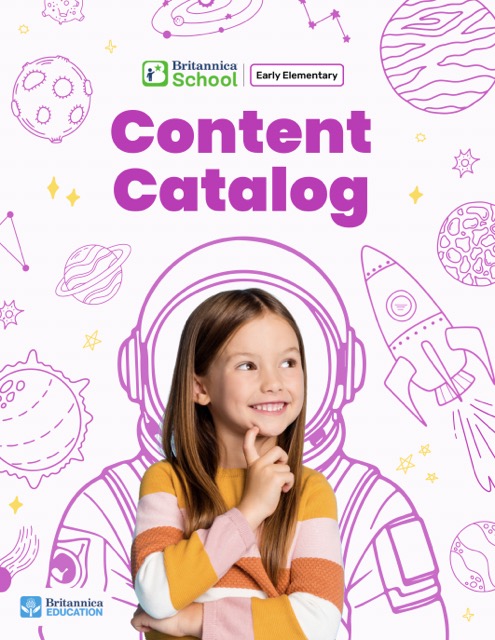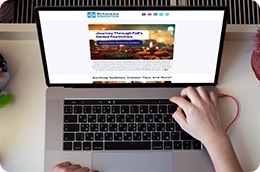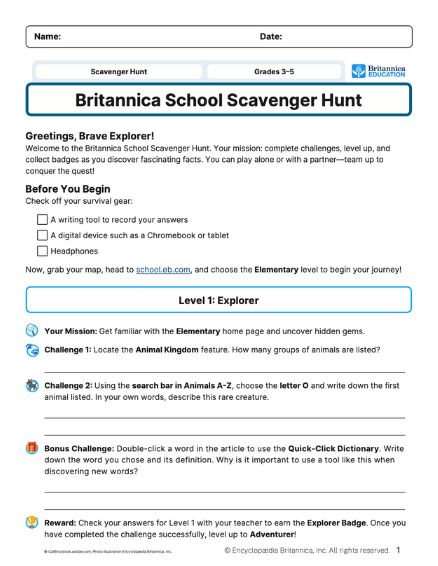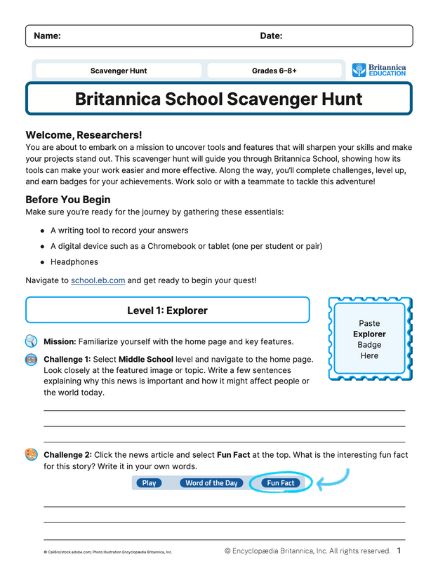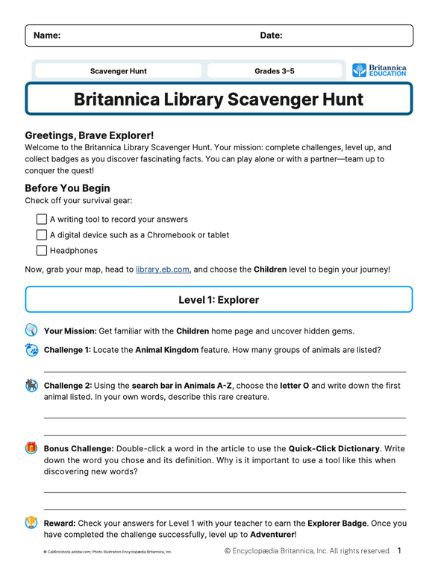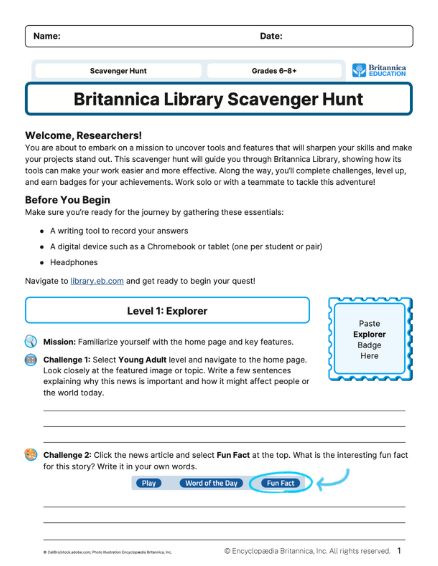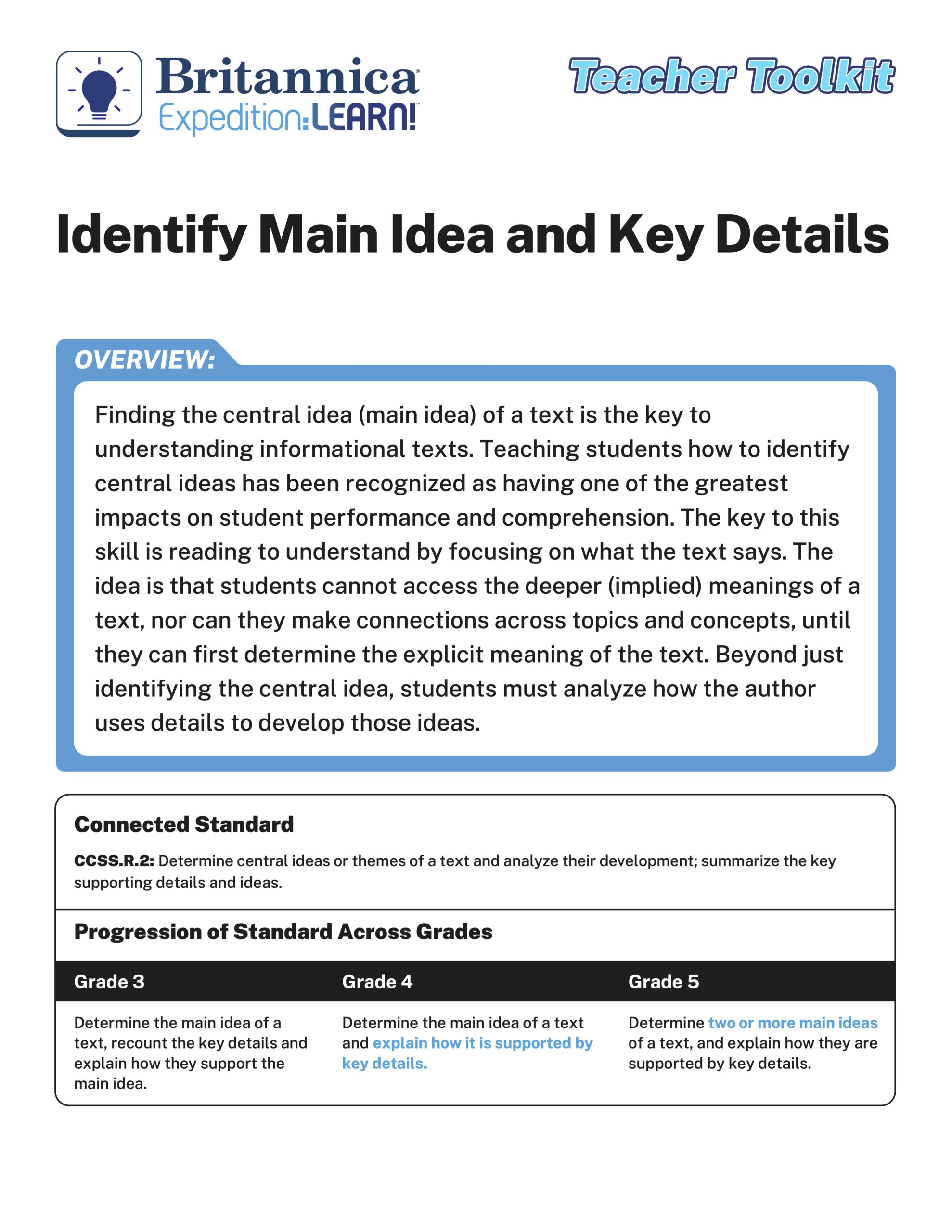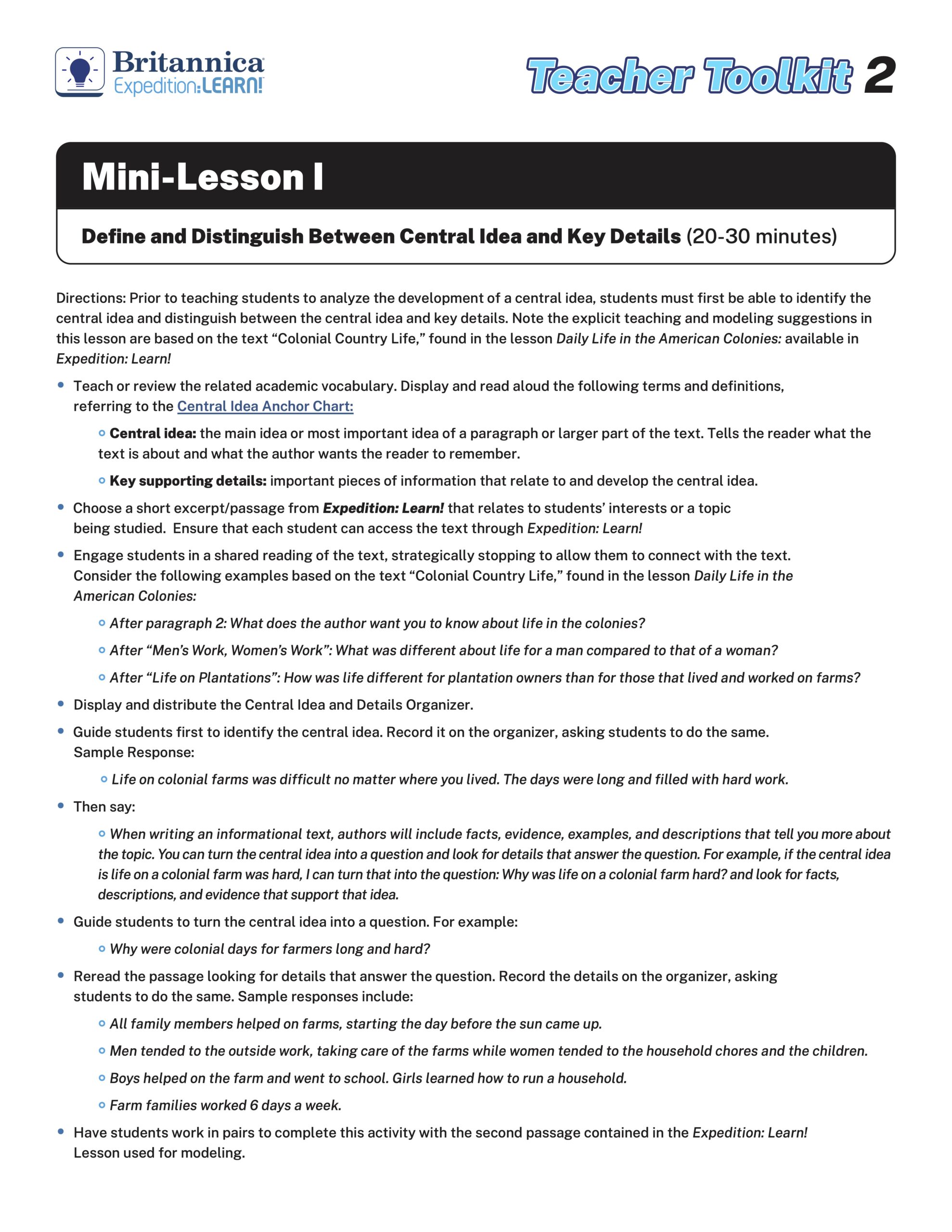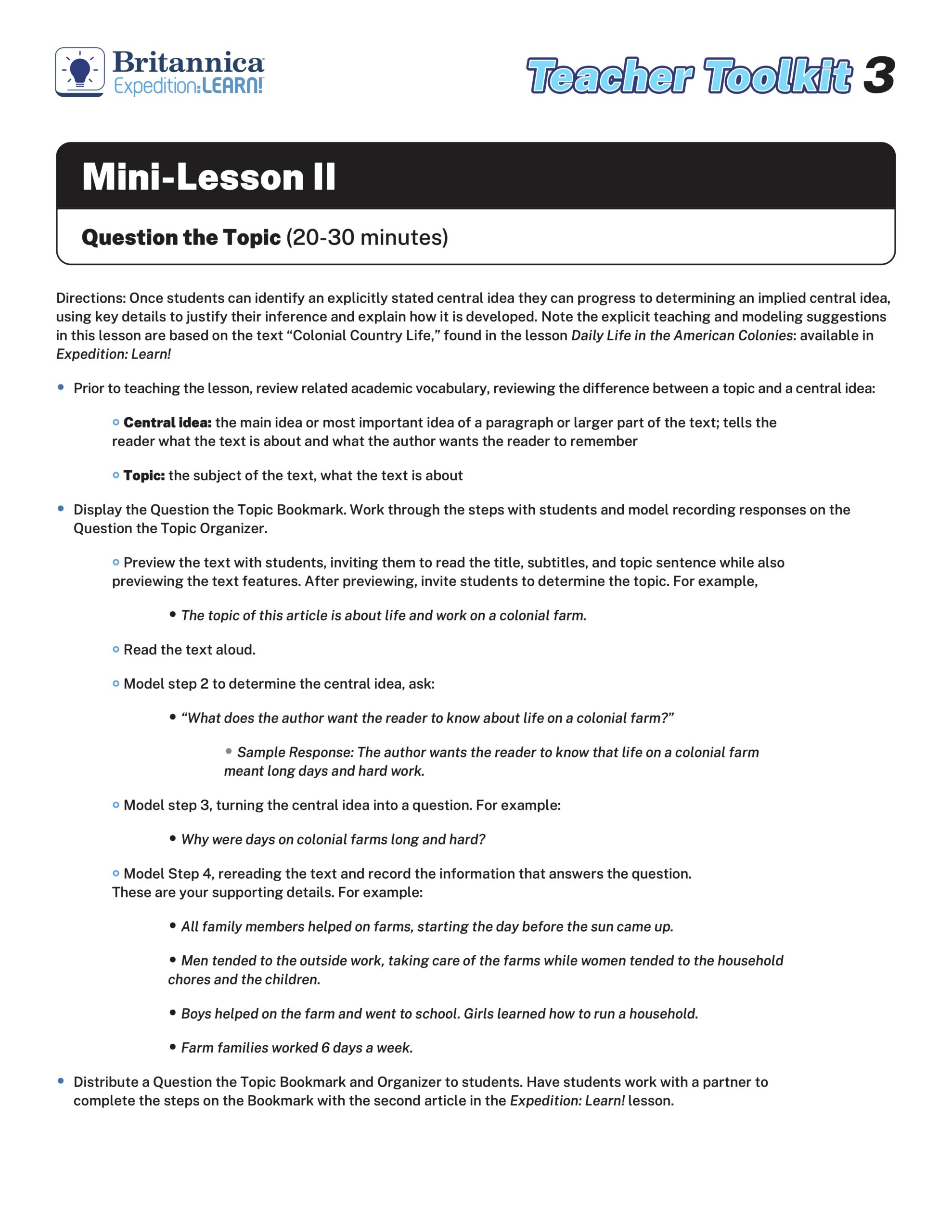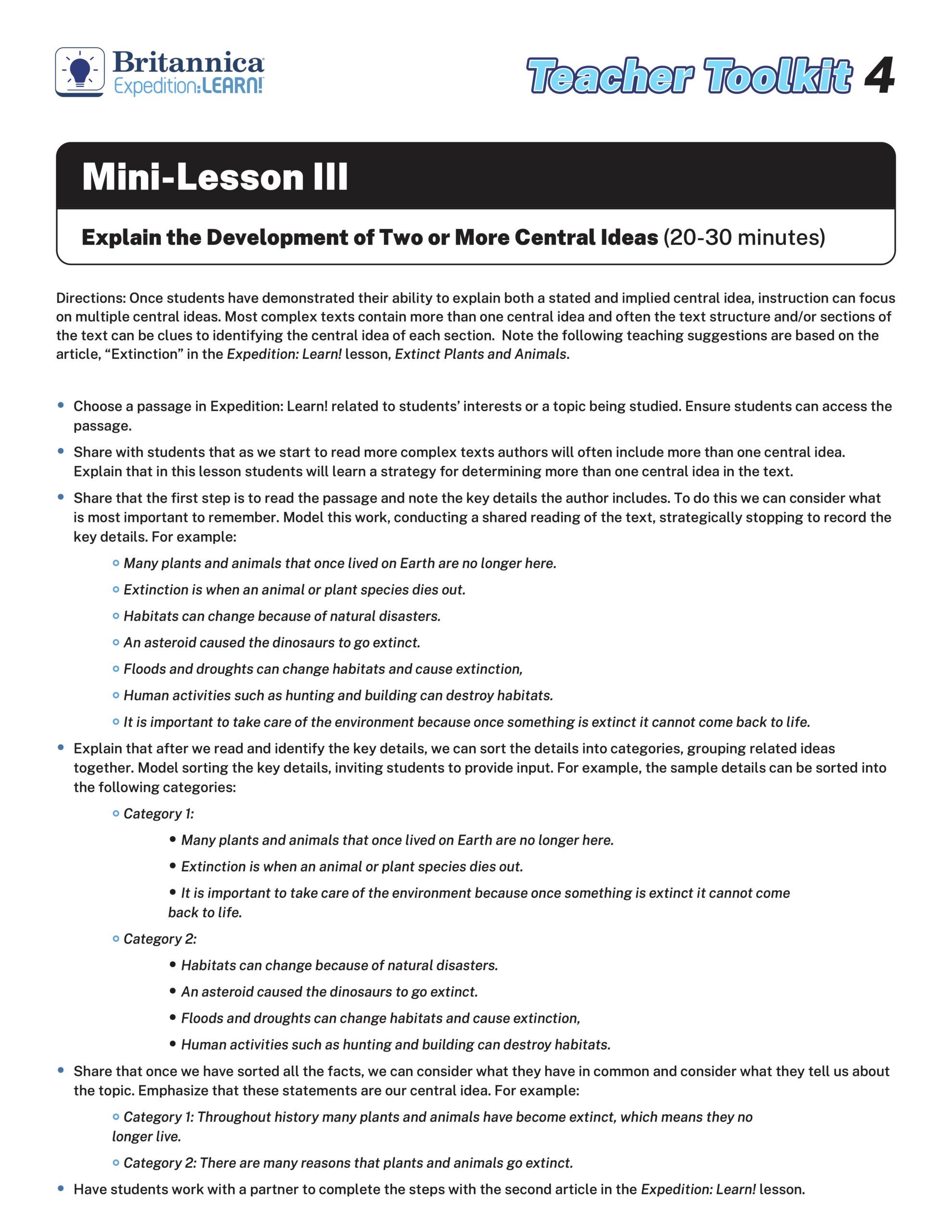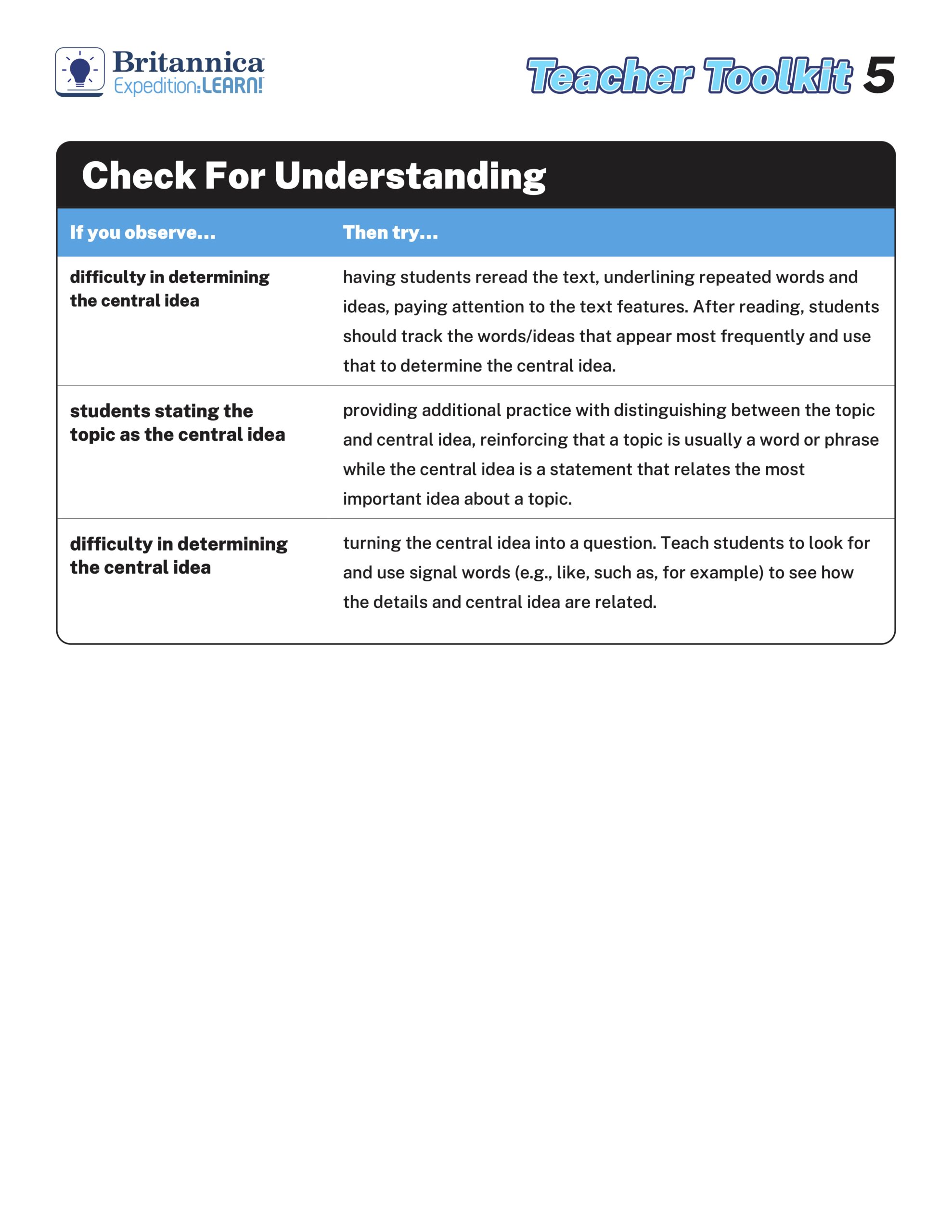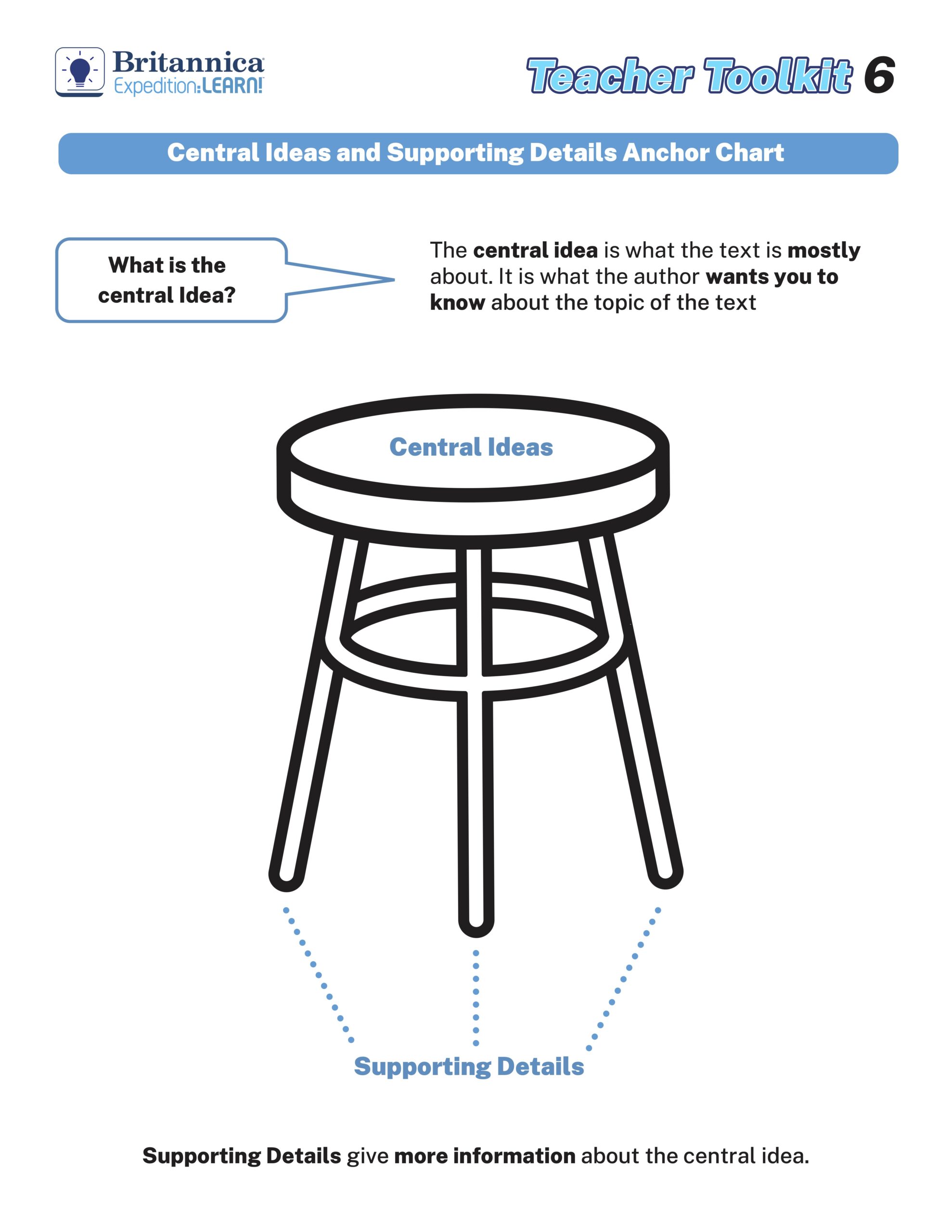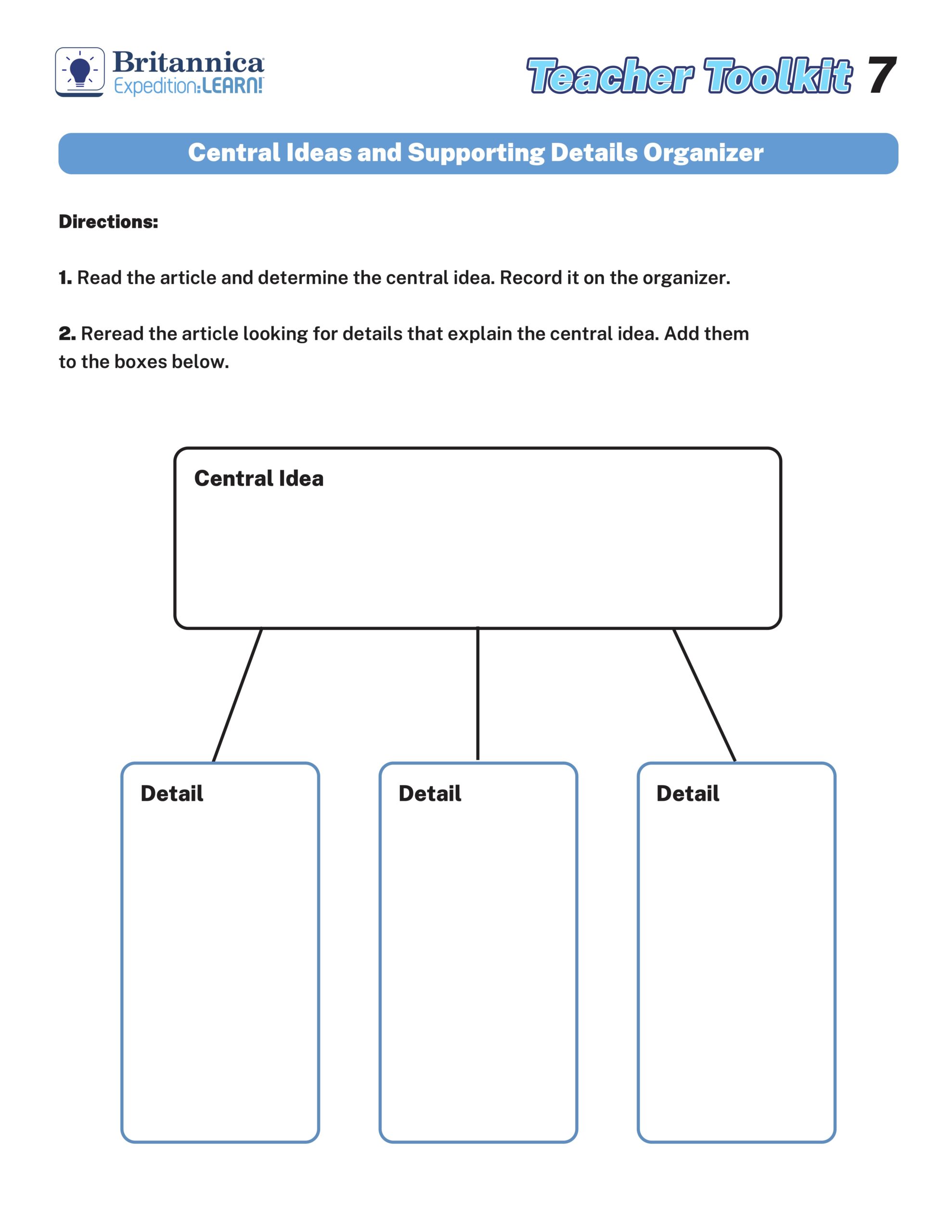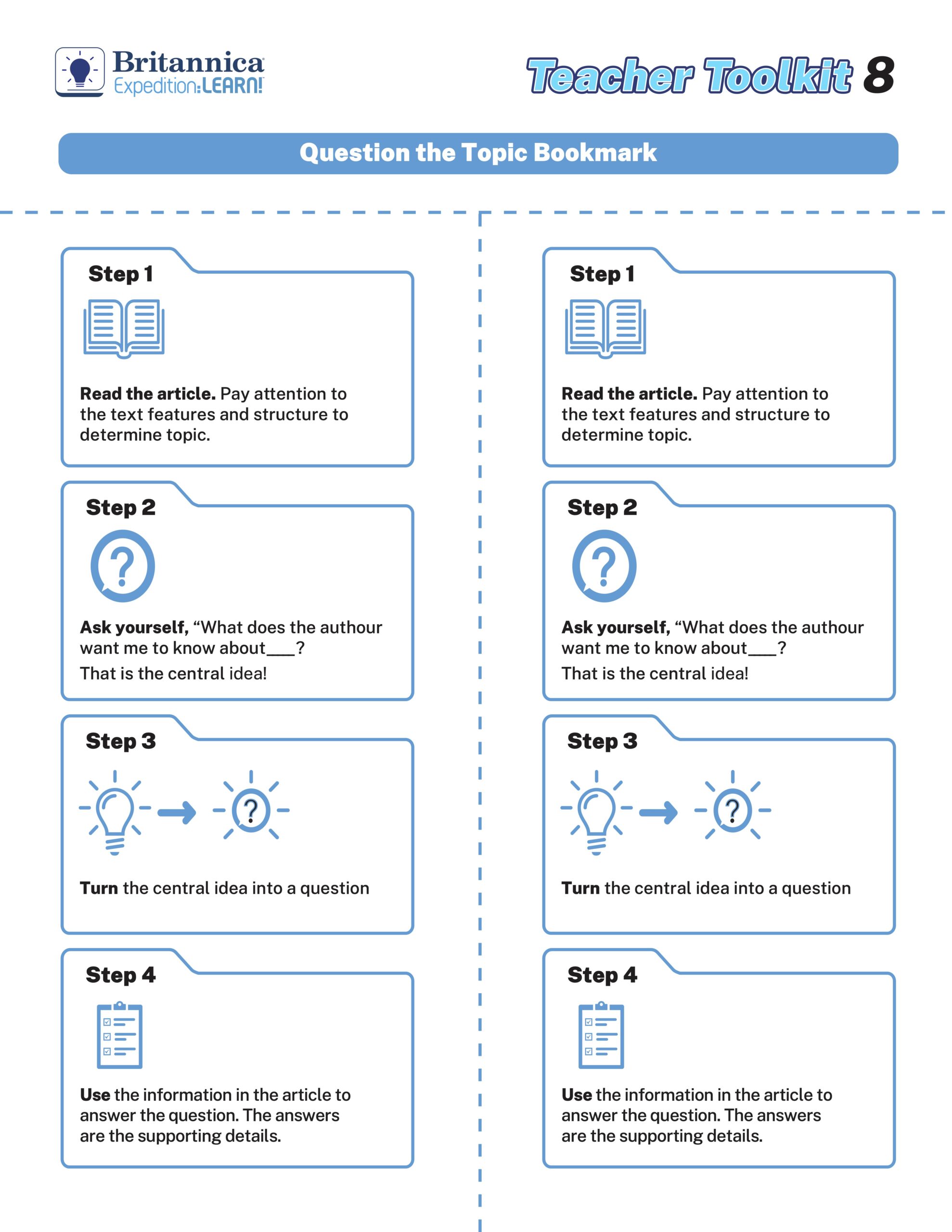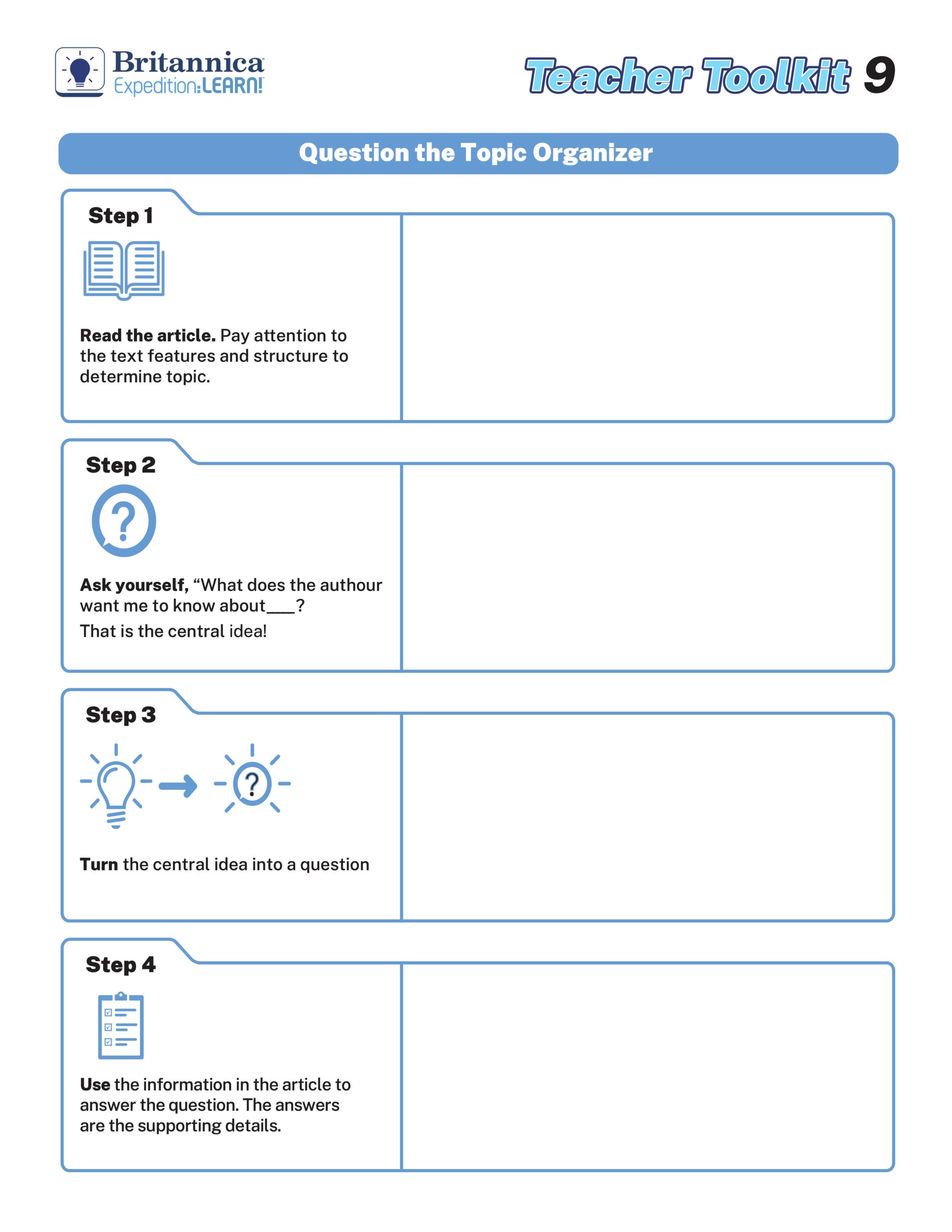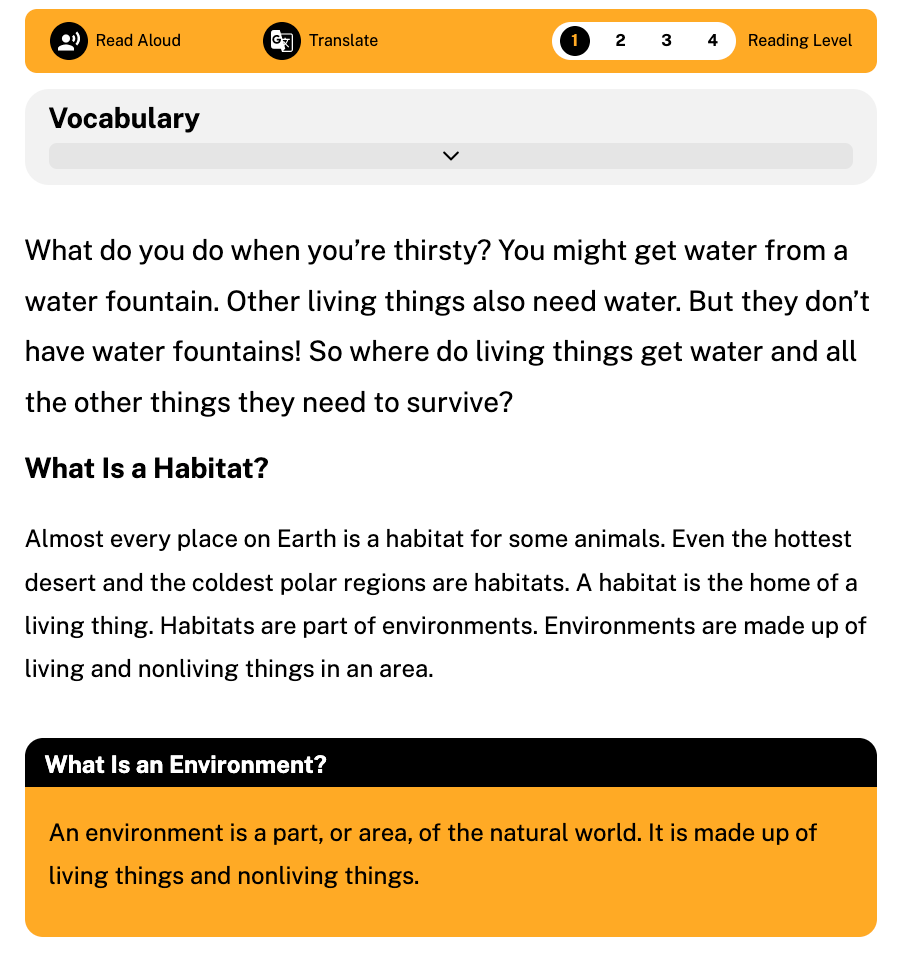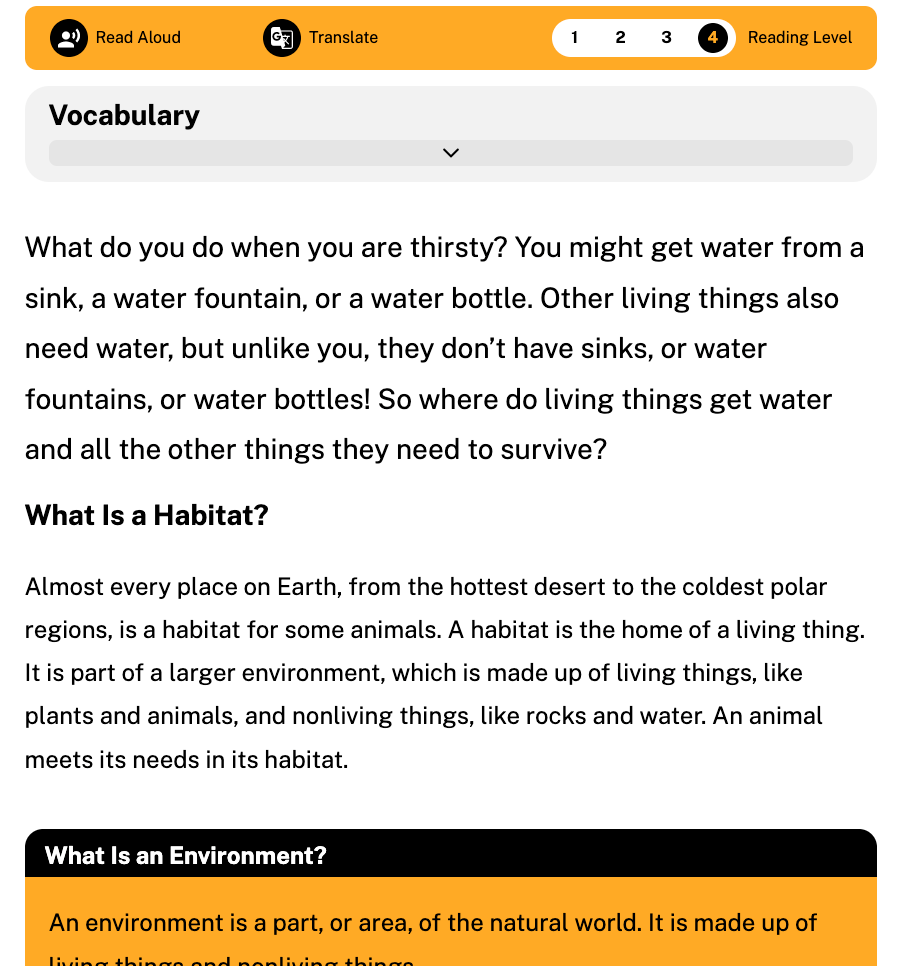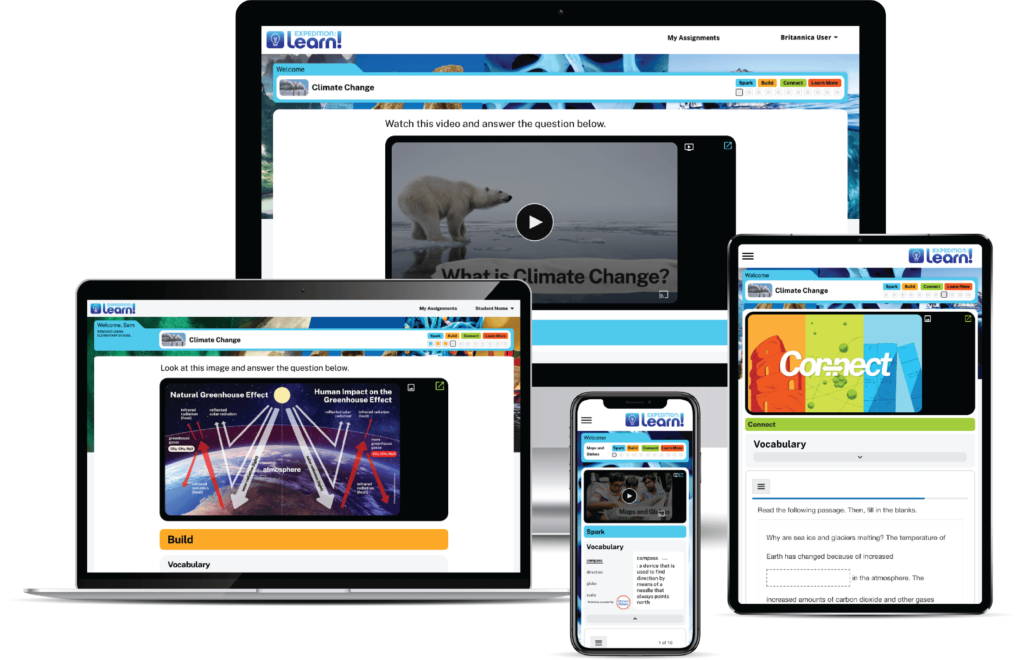Engage, Inspire, and Educate with Captivating Nonfiction Reads
Summer offers students sun-filled days and endless adventures. It’s also an ideal time to explore the world of nonfiction reading. Beyond fiction, nonfiction engages students with compelling stories, fascinating facts, and real-world insights.
Embark on a memorable summer of learning, exploration, and growth! Discover the significance of nonfiction reading during summer and its incredible benefits for K-5 students. Plus, learn tips for educators to support and enhance their students’ nonfiction reading experience.
Unlocking the Power of Nonfiction Summer Reading
Explore how non-fiction summer reading can create a world of benefits for your students:
Expanding Knowledge: Non-fiction books spark students’ curiosity, broadening their understanding of the world through new ideas, topics, and information.
Developing Critical Thinking: Students hone critical thinking skills by engaging with complex ideas, evaluating sources, and connecting information from non-fiction texts.
Boosting Academic Success: Nonfiction enhances academic performance in social studies, science, and history by building background knowledge and strengthening comprehension.
Fostering Curiosity: Non-fiction encourages students to ask questions, seek answers, and explore the world around them.
Inspiring Lifelong Learning: Non-fiction reading cultivates a love for learning, motivating students to pursue their interests and passions throughout life.
All young people who do not engage in educational activities over the summer experience learning loss.
National Summer Learning Association
5 Tips to Make Nonfiction Reading Fun
Engaging ideas to get students excited about reading and make this summer unforgettable:
1. Goal-Setting
Support your students in setting achievable reading goals for the summer. These goals could include reading a certain number of books and pages or committing to a set amount of daily reading time. Utilize Britannica’s Summer Reading Pledge to establish realistic reading goals with your students, and then track their progress with Britannica’s Summer Reading Log.
2. Collaborative Reading Lists
Are you ready to create an epic summer reading list? Before the school year ends, team up with your students to develop a list of thrilling nonfiction articles. Discover amazing facts like how some sharks grow thousands of teeth in their lifetime or how sea otters sleep on land at night. Explore breathtaking natural destinations, learn fascinating facts about sports, and get to know legendary sports superstars with this curated list of kid-friendly ideas.
3. Reading Communities
Organize in-person or online book clubs, reading groups, or social media discussions for students to share their reading experiences with peers.
4. Reading Aloud Reinforcement
Encourage students to read aloud to younger siblings, pets, or even stuffed animals, boosting fluency, comprehension, and confidence.
5. Fun and Engaging Activities
Try incorporating crafts, family movie nights that match the books being read, or even play a game of Britannica Bingo! These activities will make reading absolutely irresistible.
Get ready to ignite a love for reading and exploration in your students this summer! By encouraging nonfiction reading, you’ll expand their knowledge, develop critical thinking skills, and inspire a passion for learning. As they return to school in the fall, they’ll be bursting with newfound knowledge and understanding of the world around them. So, let’s unleash the power of learning with nonfiction this summer and embark on some thrilling adventures together!
Information sourced from Britannica School. Not a subscriber? Contact us to learn more.



